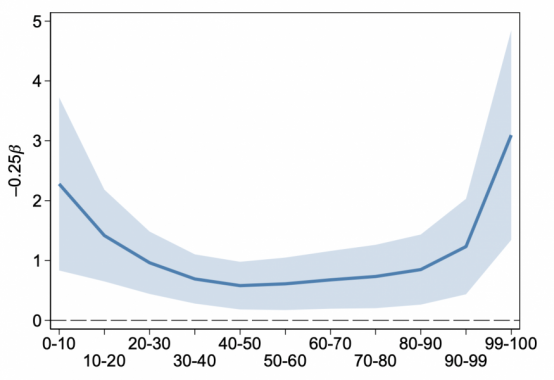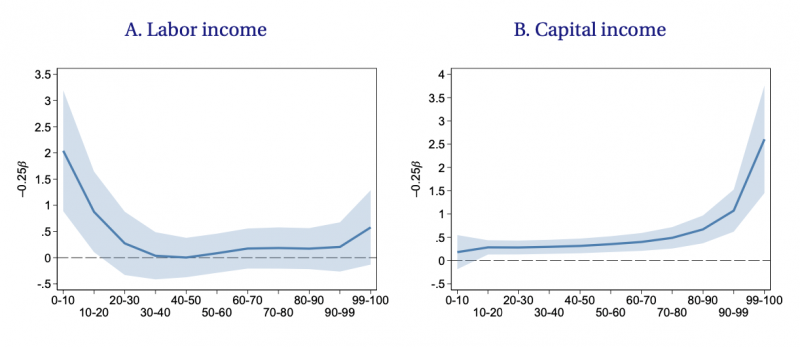References
Acemoglu, D. and S. Johnson (2012), “Who Captured the Fed?” The New York Times.
Amberg, N, T. Jansson, M. Klein and A. Rogantini Picco (2021), “Five Facts about the Distributional Income Effects of Mone-tary Policy.” Sveriges Riksbank Working Paper No. 403.
Auclert, A. (2019), “Monetary Policy and the Redistribution Channel.” American Economic Review, 109(6): 2333–67.
Bernanke, B. (2015), “Monetary policy and inequality.” Brookings Institution Blog, 01 June.
Coibion, O., Y. Gorodnichenko, L. Kueng, and J. Silvia. (2017), “Innocent By-standers? Monetary policy and inequality.” Journal of Monetary Economics, 88(C): 70–89.
Draghi, M. (2016), “Stability, Equity, and Monetary Policy.” 2nd DIW Europe Lecture.
Guvenen, F., S. Schulhofer-Wohl, J. Song and M. Yogo (2017), “Worker Betas: Five Facts about Systematic Earnings Risk.” American Economic Review, 107(5): 398–403.
Jarocinski, M. and P. Karadi (2020), “Deconstructing Monetary Policy Surprises—The Role of Information Shocks.” American Economic Journal: Macroeconomics, 12(2): 1–43.
Mersch, Y. (2014). “Monetary policy and economic inequality.” Keynote speech.
Roine, J. and D. Waldenstrom (2015), “Long-Run Trends in the Distribution of Income and Wealth.” In Handbook of Income Distribution. Vol. 2, 469–592.








